The goal of wildlife rehabilitation is to raise or give medical care to a wild animal so that it can be returned to it's natural place in the world. Sometimes release comes in the form of a joyous return or entry into the wild. Other times, it's a release from pain and suffering through humane euthanasia. Release means different things for each animal.
I have been steadily releasing all the spring opossum babies, now 2 to 3 pound juveniles. Almost all- with the exception of the three I’ll be talking about- are thrilled to leave the carrier and explore the sights, sounds and smells of the world they were born to be a part of. Occasionally some of the smaller ones don’t want to even poke their nose out of the carrier. I don’t like forcing anyone to leave if they aren’t ready. For whatever reason, they don’t feel equipped or just don’t want to be free just yet. To forcibly remove them and leave them in a situation that is causing them fear could be detrimental to their survival.

No, thank you
These three didn’t want to leave. The only reason they are outside of the carrier is because I reached in and pulled them out. They remained frozen in position, communicating to me that they did NOT feel comfortable or safe.
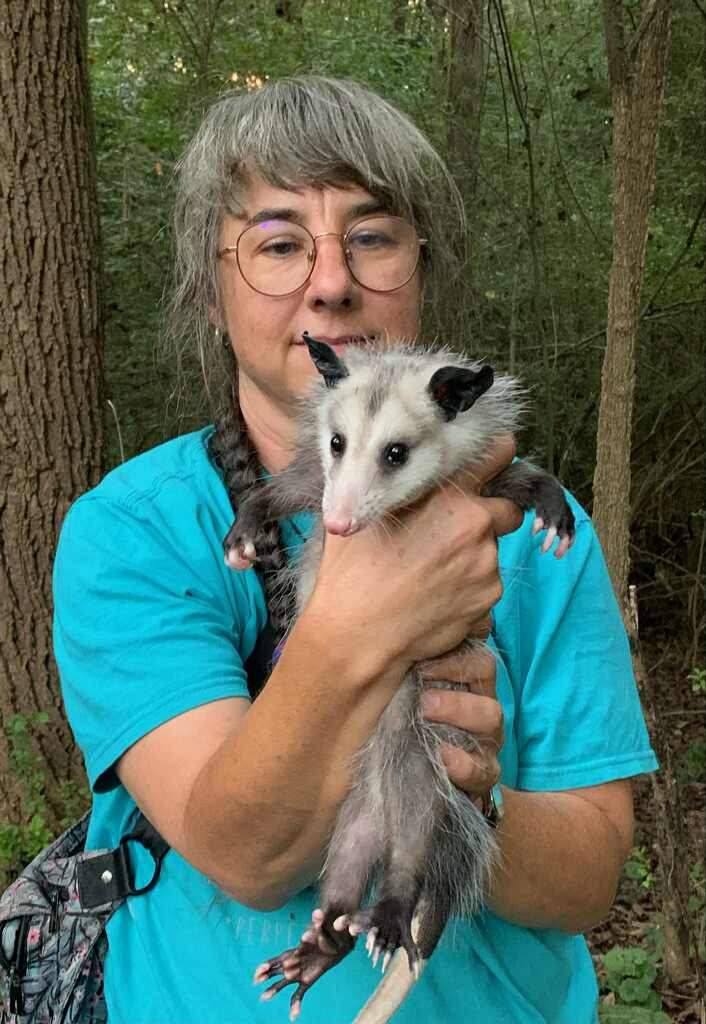
Forbidden Behavior!
This one went so far as to climb on my foot and then try climbing up my leg. Once they are a pound, I start being hands-off, visiting their cages only when they are sleeping so they start to forget who I was when I served as a surrogate Mom. When they are ready to go into the pre-release enclosures they almost never see me. Their meals are delivered and their cages cleaned by some mysterious servant. So, this little girl shouldn’t still think of me as Mom. However, it was apparent she did.
A “Supported Colony”
This release location is what I call my “supported colony”. The landowner puts out food for her wild opossums every night, ranging from peanut butter sandwiches to bananas, and always has fresh water and shelter available. Released animals can explore her 5 acres or expand their range into the acreage surrounding her. She puts out food that only supplements their wild diet- it’s not a replacement, and she doesn’t interact with them directly. Many people feed wildlife, whether it be birds and squirrels, or small mammals like opossums and raccoons.
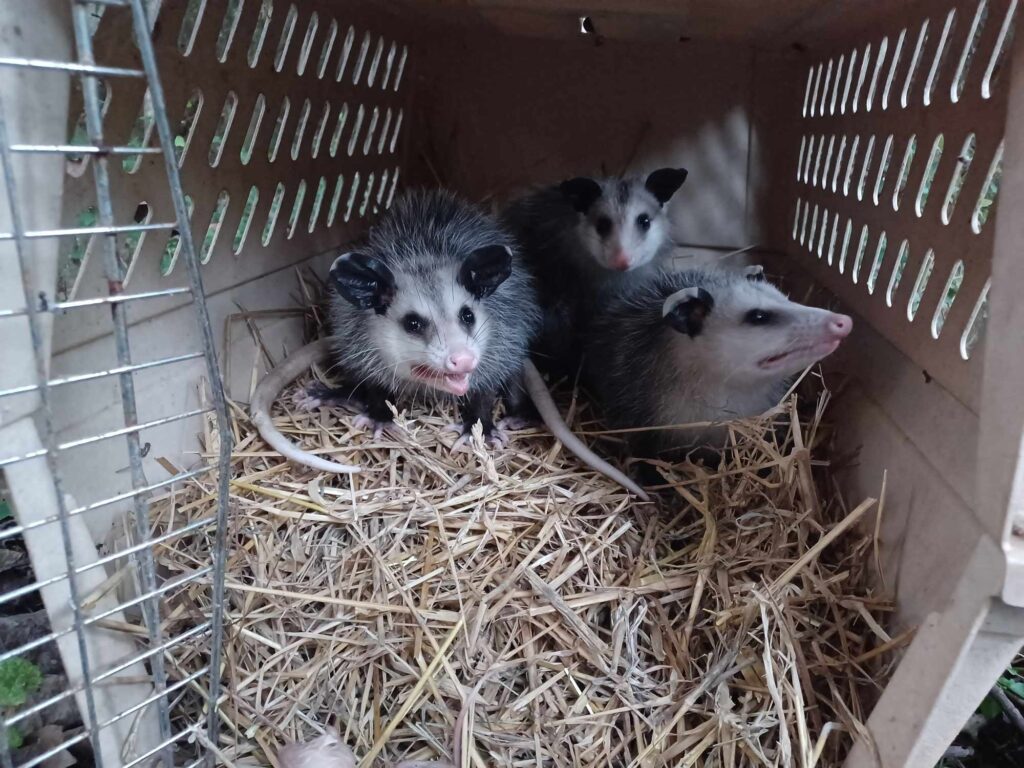
An emotional and logistical conundrum
I was so torn. Do I force them to leave when they don’t want to? Should I take them back for another 2 weeks? We finally decided to transfer them to a larger carrier and give them their mouse treat dinner. Fresh water and bananas were placed nearby. It’s the perfect location for “babies” that don’t want to leave their “Mom”. I couldn’t pass up this opportunity. We agreed that if they were still there in the morning, I’d re-assess the situation.
But to our surprise and delight, in just a few hours after dark, curiosity had gotten the better of them and they all left!
If life in the wild is too much for them, they have a place to sleep and snacks, and access to fresh water. I don’t have a release location better than this one for the reluctant ones.
Better release stories
Here are individuals from two other releases that immediately left the carrier and started exploring. Both of these opossums found fun spots to investigate!

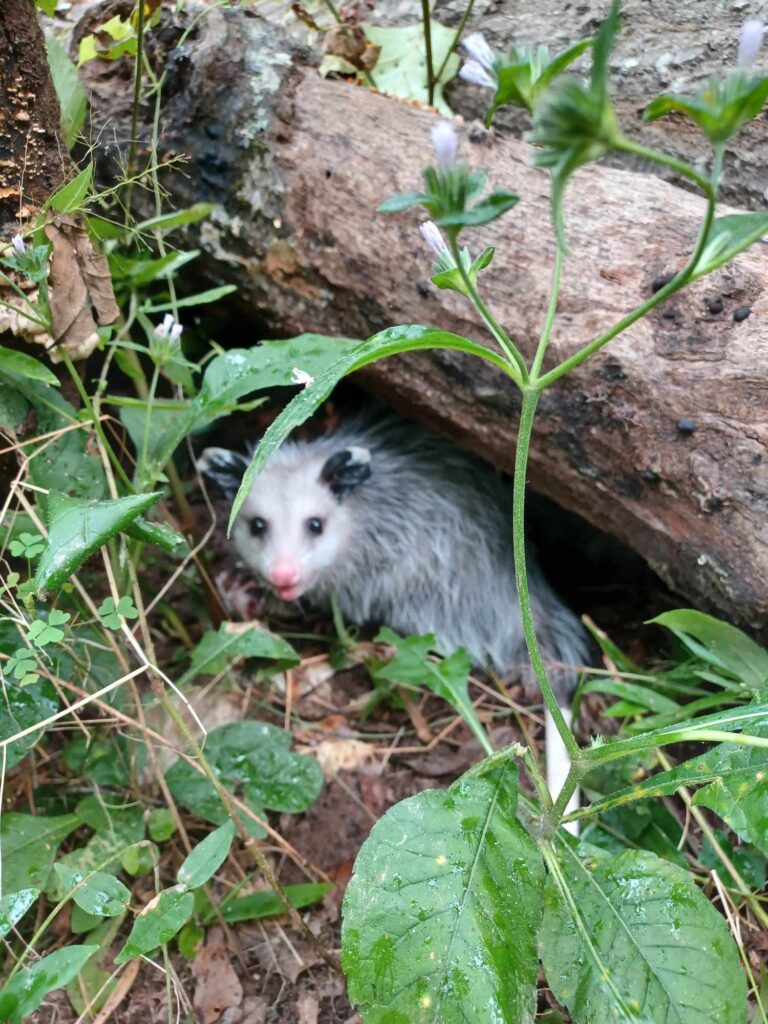
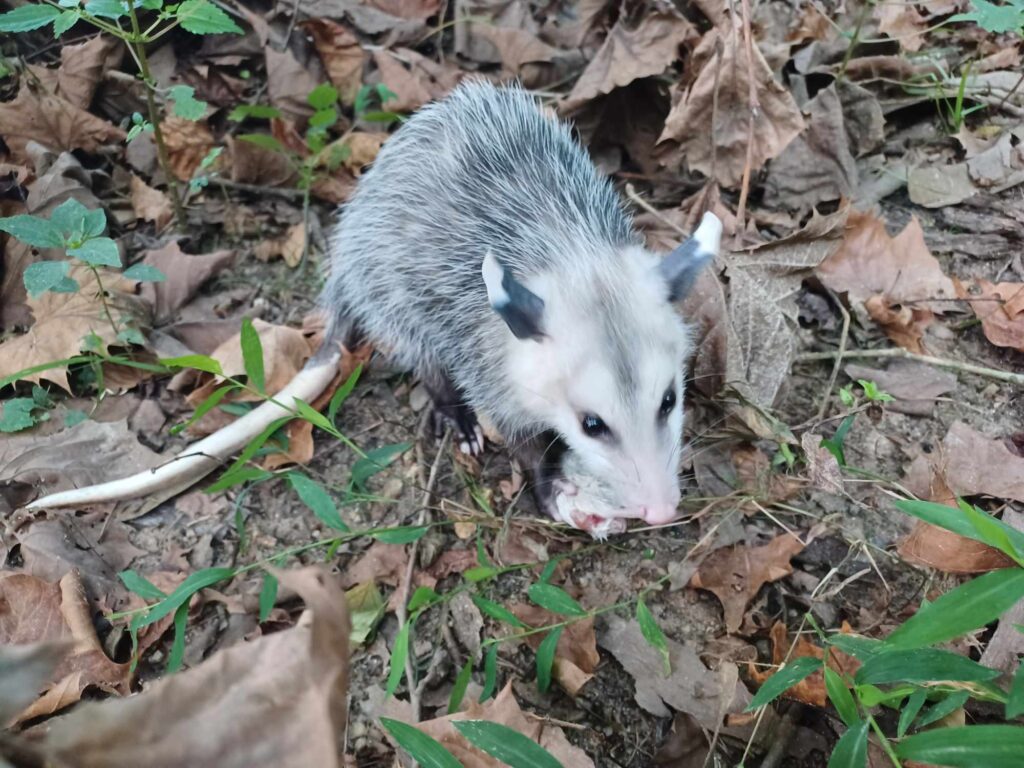
Everyone gets a tasty mouse treat when they leave so their bellies are full while they adjust to their surroundings.
Other patients at Primarily 'Possums
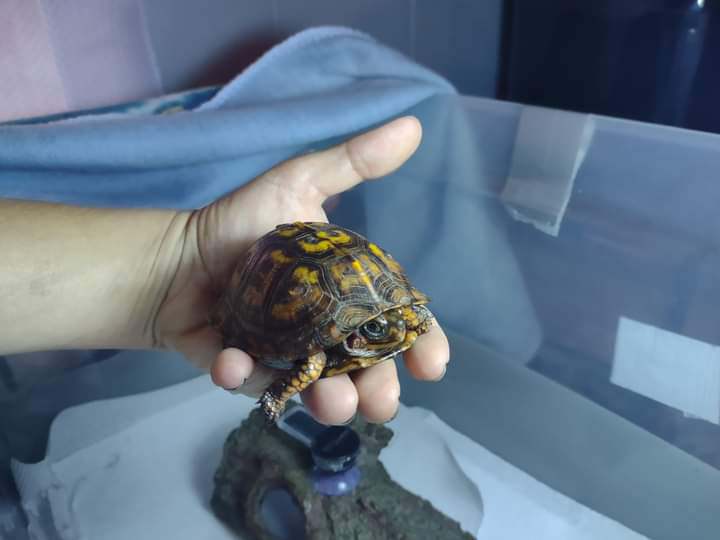


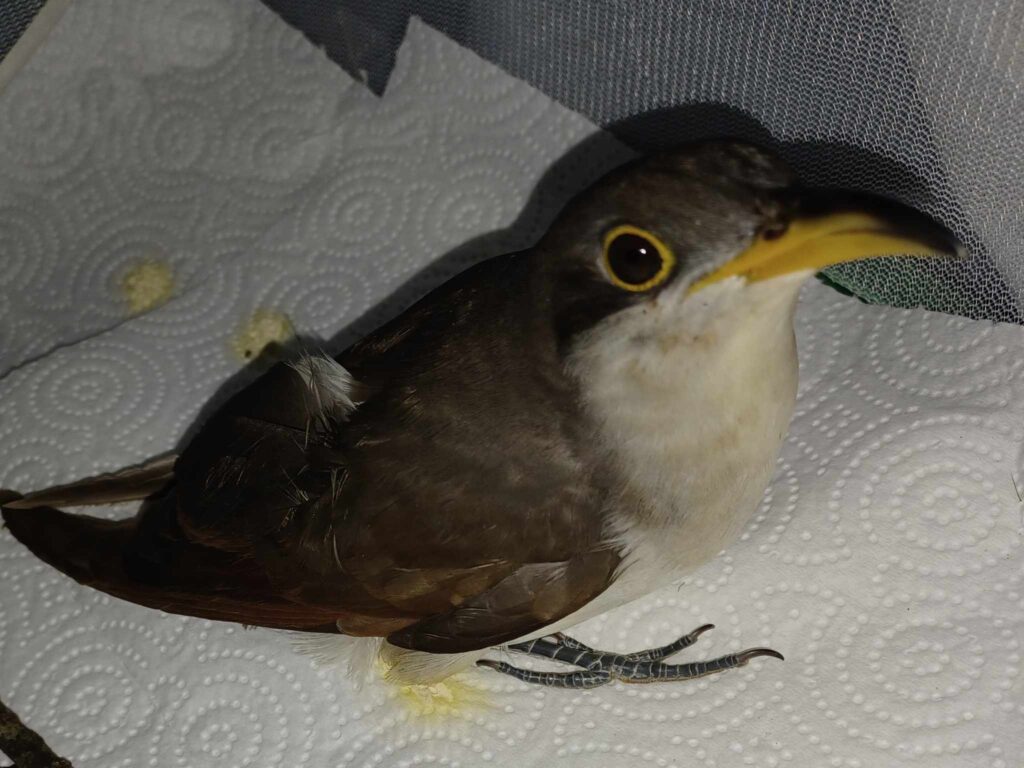
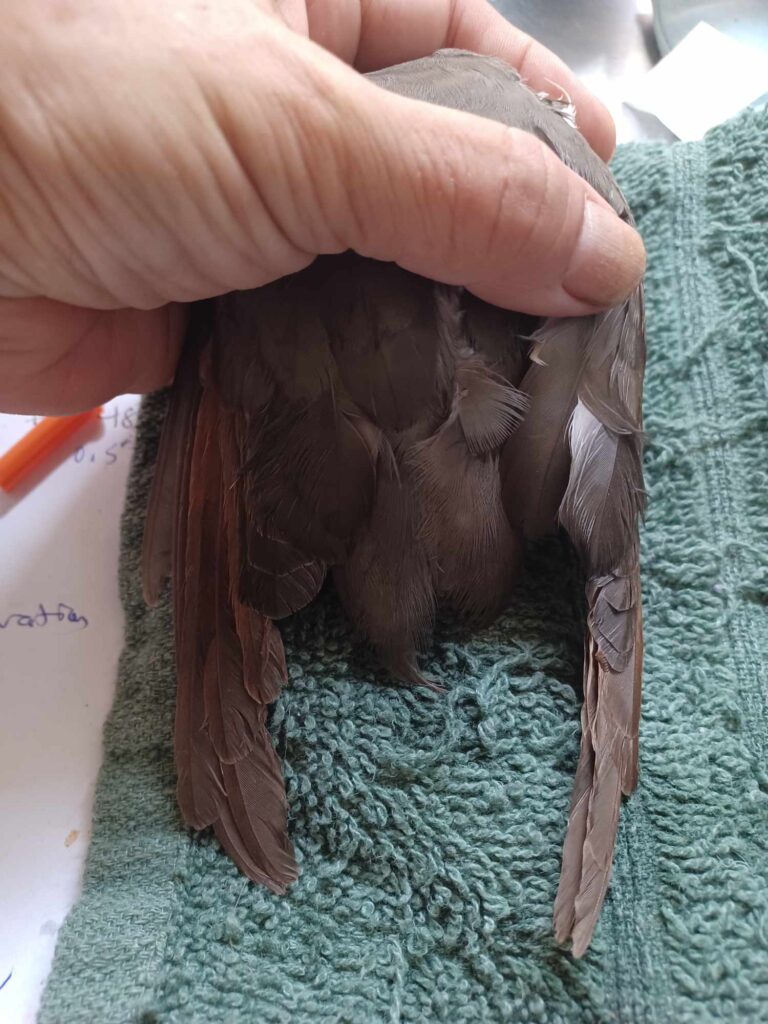
Cuckoo Care
I knew he needed long term care which I am not set-up to provide. Because of situations like this, I maintain my Federal Migratory Songbird permit for situations like these. I can accept a bird, triage and give it basic treatment, and then transfer them to Wild Nest Bird Rehab. Cuckoos are very shy birds and tend to not want to eat in rehabilitation. I was having to force feed him mealworms three times a day, and he still lost weight.
It’s a 95 minute trip one way to Wild Nest Bird Rehab but getting him expert care- and handing over the task of force feeding- was well worth the drive.
The cuckoo was Wild Nest’s patient number 1320 of this year!
Learn more about our friends and the amazing work they do by clicking the link below.
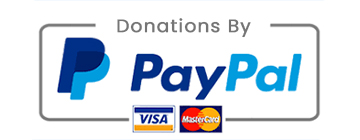
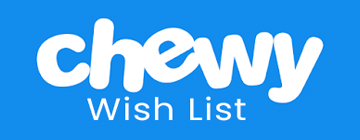


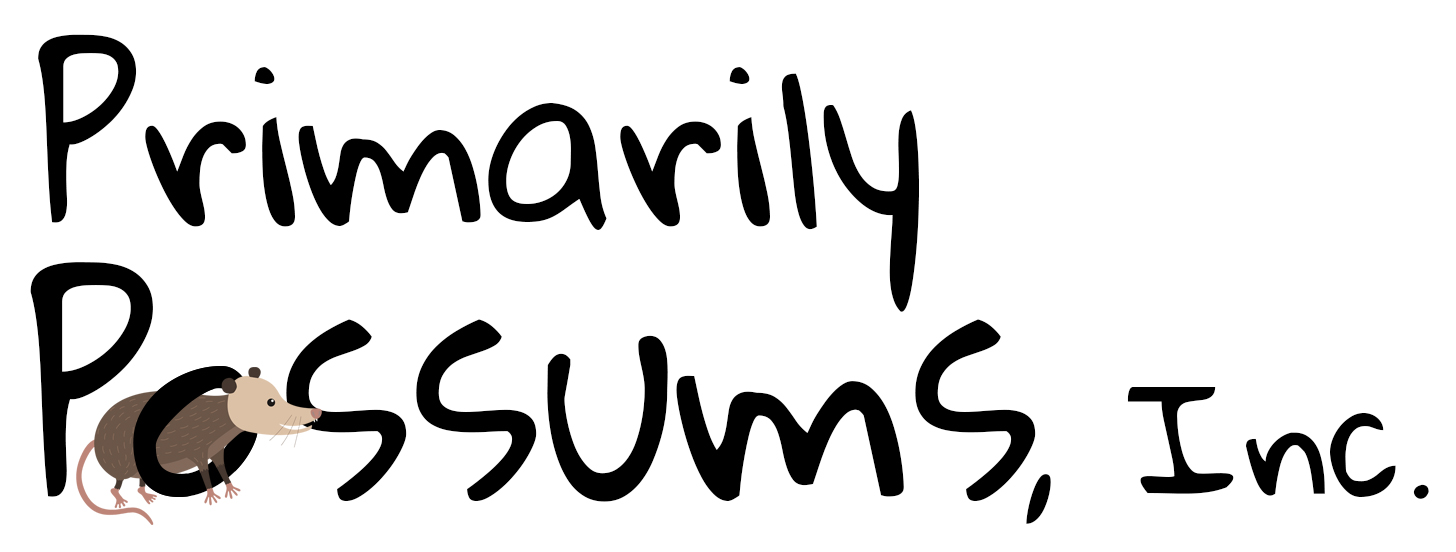
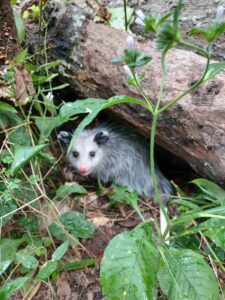
 2025 Sabbatical
2025 Sabbatical